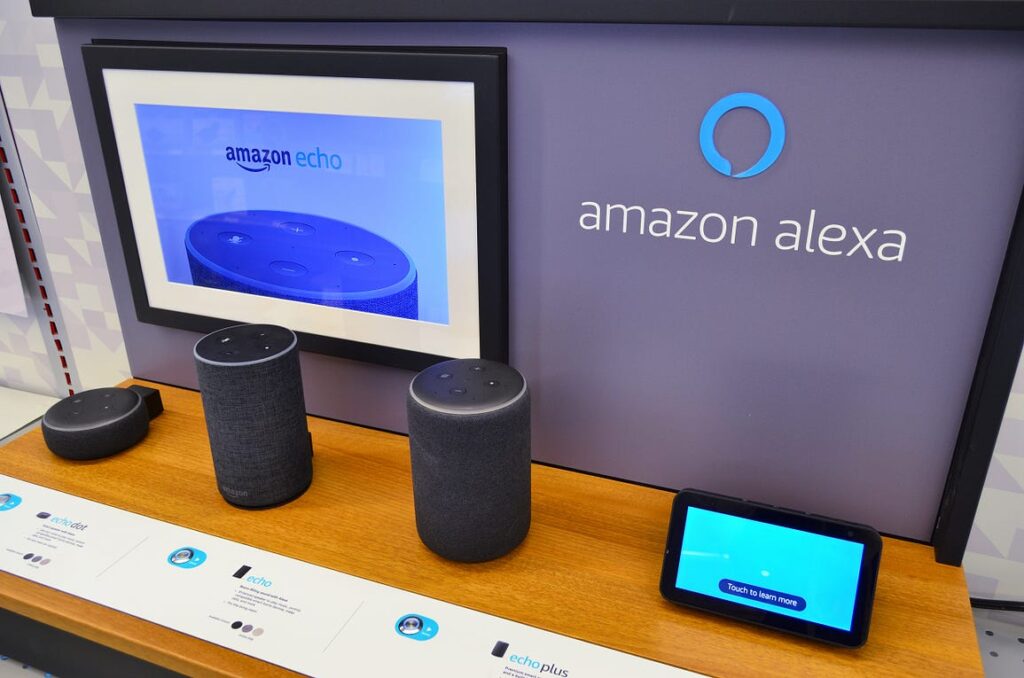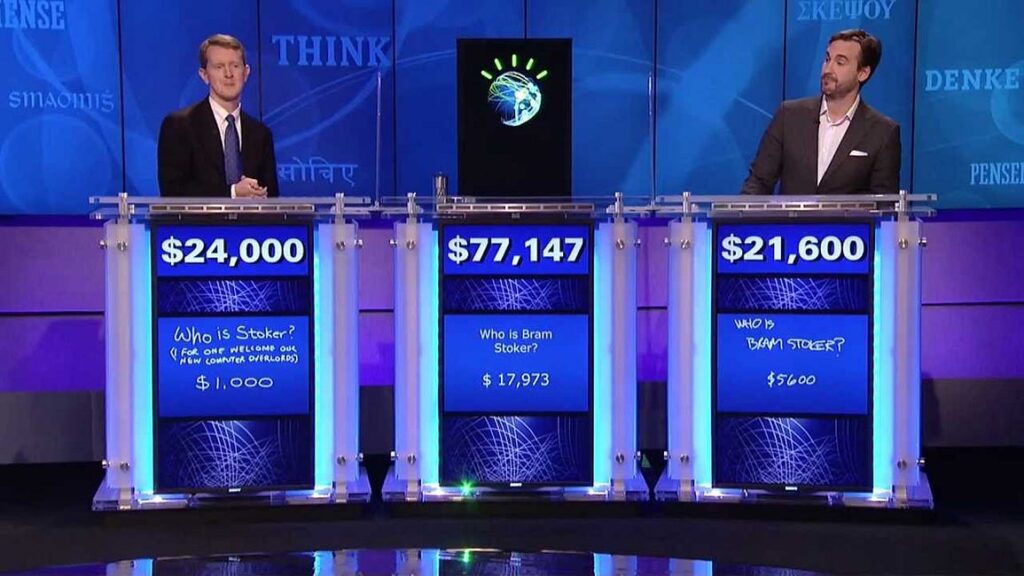AI assistants surround us. Siri, Google, ChatGPT, and many more have seamlessly integrated into our lives, from waking up and setting alarms, to managing our smart home devices or answering complex questions.
But AI assistants and chatbots history go way back, long before the 21st century. We can trace their origins back to the 1960s. Some simple programs paved the way to modern, complex models.
The Early Days (1960s-1970s)
Eliza — 1966
Eliza was developed by Joseph Weizenbaum, at MIT. It was designed to simulate a conversation with a psychotherapist, imitating human conversation, using pattern matching and scripted answers.
Despite its simplicity, ELIZA was chatting with people in ways that fit surprisingly human. It often fooled its users into thinking they were talking to a real person.
It was the first demonstration of the potential for computers to interact with humans in natural language via “chatterbots” (today called chatbots).

Parry (1972)
Eliza was expected to stay the standard for chatbots for many years. But its capacities spanned several pieces of research.
In the 1970s, a psychiatrist named Kenneth Colby started the development of PARRY, a more sophisticated chatbot supposed to be “Eliza with attitude”.
PARRY was designed to mimic a person with paranoid schizophrenia, with concepts, beliefs, and judgments.
It used complex behavior models to simulate human-like reasoning and marked a step forward in developing chatbots: they can be used for more than just casual conversation.
It’s been tested by a group of 33 human psychologists, in a variation of the “Turing Test“, and successfully fooled the examiners 52% of the time.
It was time to make it talk with ELIZA. This is an extract of the session recorded on September 18th, 1972:
ELIZA: Good Evening.
ELIZA: Tell me your problems. Please terminate input with a period or a question mark.
PARRY: People get on my nerves sometimes.
ELIZA: I am not sure I understand you fully.
PARRY: You should pay more attention.
ELIZA: Suppose you should pay more attention.
PARRY: You’re entitled to your own opinion.
ELIZA: What makes you think I am entitled to my own opinion?
PARRY: It bothers me just to be around people in general.
ELIZA: Please go on.
PARRY: I went to the track at Bay Meadows a while back.
ELIZA: What does that suggest to you?
PARRY: I went to the races.
ELIZA: What else would you like to discuss?
PARRY: Horse racing interests me.
ELIZA: Why do you say that just now?
PARRY: There’s a lot of crooked gambling going on there.
ELIZA: I am not sure I understand you fully,
PARRY: It’s clear to me if not to you.
The conversation goes on, and ends like this:
PARRY: You are a real nag.
ELISA: Does it please you to believe I am a real nag?
PARRY: I have had enough of this.
ELISA: What does that suggest to you?
PARRY: Goodbye.
ELISA: It’s been my pleasure, that’s $399.29, please.
The interaction is pretty much useless but shows how much advancement has been made in eight years.
ELIZA was already outmatched. And it took decades to surpass Parry.

The Rise of Smarter Bots (1990s-2000s)
JabberWacky and Dr Sbaitso (1988 and 1992)
JabberWacky and Dr. SBaitso are not “smarter” bots per se, but they were the first to implement speech synthesis, allowing them to answer with a robotic voice, while still being limited in their conversational abilities (as you can see in the picture below ^^)
Dr Sbaitso was developed for Ms-DOS, and you can try it on classicreload.com.

A.L.I.C.E. (1996)
Some more sophisticated chatbots emerged quickly after, like A.L.I.C.E. (Artificial Linguistic Internet Computer Entity), created by Richard Wallace.
Inspired by Eliza, ALICE uses Artificial Intelligence Markup Language (AIML) to process natural language and engage in conversation.
It was so strong for that time that A.L.I.C.E. won the Loebner Prize (an annual competition in AI), three times, in 2000, 2001, and 2004), and was the inspiration for 2013’s movie “HER”.
For the tech people reading, the code has since been open-sourced.

SmarterChild (2001)
SmarterChild was created in the early 2000s by ActiveBuddy, Inc. It quickly became a popular phenomenon, as it was added as a chatbot on AOL Instant Messenger, Yahoo Messenger, and MSN Messenger. It could answer questions, provide information, and engage in simple games.
SmartChild could access data and used humor into conversations, showing that AI assistants could also provide entertainment and utility.
It became widely popular, attracting over 30 million “buddies” during its lifetime. SmarterChild did not generate direct revenue but had a huge impact. It showed the power of NLP (Natural Language Processing) and conversational interfaces, influencing the design of many successors, such as Samsung’s S Voice, Apple’s Siri, and Amazon’s Alexa.

The Era of Virtual Assistants: Siri, Alexa, and Google Assistant (2010s-2020s)
Later, with the improvement and increased popularity of smartphones and smart speakers, we saw a wide adoption of personal virtual assistants.
Apple Siri (2010)
Apple was the first to release its product, Siri, in 2010. It could understand what the user said and do many things, like setting alarms, sending texts, or browsing the Web for answers.

Google Now (2012)
Google Now followed the lead in 2012. Its goal was to provide personalized information and assistance, proactively. It used information from the user’s history, location, and calendar to provide tailored updates through ‘cards’.
There were several cards, like:
- Weather forecasts
- Traffic updates
- Flight information
- Sports scores
- Upcoming appointments
- etc.
But Google Now was far from perfect. Three main things held it back:
- Discoverability: few people knew about Google Now, or what it could do.
- Privacy: people were worried about Google collecting so much of their personal data and analyzing their information.
- Competition: Siri was already out there, and Cortana came along later, making it hard for Google Now to compete.

Amazon Alexa (2014)
Alexa changed the way people interacted with technology in their homes.
By adding a voice-activated assistant to the Echo smart speaker, Alexa allowed users to play music, set timers and alarms, get news and weather updates, create shopping lists, and have basic controls for their smart homes.,
Over the years, everyone was able to add capabilities to Alexa by creating “skills”, Amazon greatly expanded Alexa’s capabilities. Many manufacturers made their products “Alexa compatible”, and users could soon control their smart lights, TVs, plugs… just with their voice.

Cortana (2014)
Microsoft developed and launched Cortana in 2014: a virtual assistant integrated into Windows systems and devices, including PCs, tablets, and smartphones.
For the fans of the license, Cortana was named after the AI character in the Halo video game series.
Cortana assisted users by performing tasks, setting reminders, answering questions, and integrating deeply with Microsoft’s tools.
It faced huge competition from Siri, Alexa, and Google Assistant, which had much more device integrations and advanced consumer-centric features.

Google Assistant (2016)
Google Assistant marked a significant evolution from Google Now, going from an information-delivery system to a fully conversational AI assistant.
It was way easier to talk to than Google Now. The user could just chat like you would with a friend, and it would get what he was saying. The questions and commands were presented in a conversational style, the interaction being more intuitive and engaging.
Unlike Google Now’s one-way information delivery, Google Assistant could engage in back-and-forth dialogue, including clarification and follow-up questions.
Like its competitors, Google Assistant provided a way to get information and execute actions (set reminders, send messages, make phone calls, control smart home devices…) and opened its platform to developers.
As with Alexa, this led to a wide ecosystem, extending its capabilities and functionalities.

The LLM Revolution (2020-Present)
In the early 2020s, with the rise of big data and super powerful computers, a new kind of AI emerged, with Large Language Models (LLMs) and text-to-image (or text-to-video) generators.
These models are trained on huge amounts of datasets of texts and code and are very good at understanding and creating human-like language. This was a game changer, a turning point that completely revolutionized AI assistants.
OpenAI’s Generative Pre-trained Transformer (GPT) models, were the first widely popular LLMs. ChatGPT 3 is a free, text-only model, and can generate creative text, answer complex questions, summarize lengthy documents, translate languages, and even write code.
Its successor, ChatGPT-4o pushed the limits even further, with multimodality. Besides text, it can use audio, videos, images, both as input and output.
ChatGPT now has many competitors, such as Claude (Anthropic), Gemini (ex Bard, Google), Copilot (Microsoft), Perplexity (Perplexity AI), Llama (Meta), Mistral (Mistral AI), etc.
To dive further
Turing Test
The Turing Test, proposed by Alan Turing in 1950, is THE classic benchmark for AI’s products. A human judge engages in text-based conversations with both a human and a machine. If the judge can’t reliably tell which is which, the machine passed the test.
It’s been a source of fascination and controversy for decades. No AI has yet passed the test under strict conditions.
IBM Watson
While not part of AI Assistants, Watson had a huge influence in the development of advanced AI assistants and chatbots.
Its most impressive achievement, with its capabilities in NLP, information retrieval, and knowledge representation, was winning the famous TV show Jeopardy! in 2011.
Watson has since been used in several fields, like healthcare, finance, and customer service, helping professionals analyze data, make informed decisions, and improve efficiency.

Google AlphaGo and AlphaZero
After IBM Deep Blue defeated world-class master Garry Kasparov in chess in 1997, Google DeepMind’s AlphaGo and AlphaZero pushed the performance even further.
AlphaGo made history in 2016 by defeating world champion Go player Lee Sedol, decades after the challenge was first envisioned, due to the game’s complexity.
A year later, AlphaZero took this a step further by learning to play Go, chess, and shogi (Japanese chess) from scratch, without any human knowledge or input, using only game rules.
Combining deep learning with traditional search algorithms, it quickly surpassed all previous game-playing AI systems.


No responses yet